Materials that echo nature but don’t always connect us to it
In sustainable design, “green” often means low-impact, recycled, or energy-efficient. But true biophilic materials go beyond sustainability; they forge a tangible, sensory connection between people and the natural world. Just because a material is labeled eco-friendly doesn’t mean it nurtures that deeper bond.
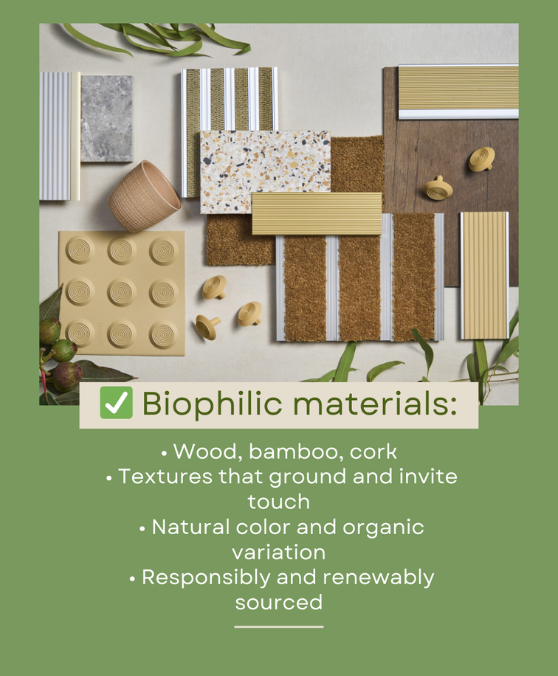
Organic materials: textures that invite the senses
Biophilic materials are alive with texture, whether rough, smooth, fibrous, or grainy, inviting touch and engagement.
Wood: from reclaimed beams to fine oak floors, wood remains timeless. Its natural grains and imperfections breathe warmth and character into interiors and help exteriors merge gracefully with surrounding green spaces.
Bamboo: lightweight yet resilient, bamboo’s linear patterns and subtle sheen add calm and order to any design. Its rapid renewability makes it both an ecological and a biophilic choice.
Cork: warm underfoot and gentle to the touch, cork dampens noise naturally. Harvested without harming trees, cork flooring and wall panels exemplify renewable sourcing and sensory comfort.
When these materials are layered thoughtfully, interiors feel alive, fostering calm, presence, and wellbeing.
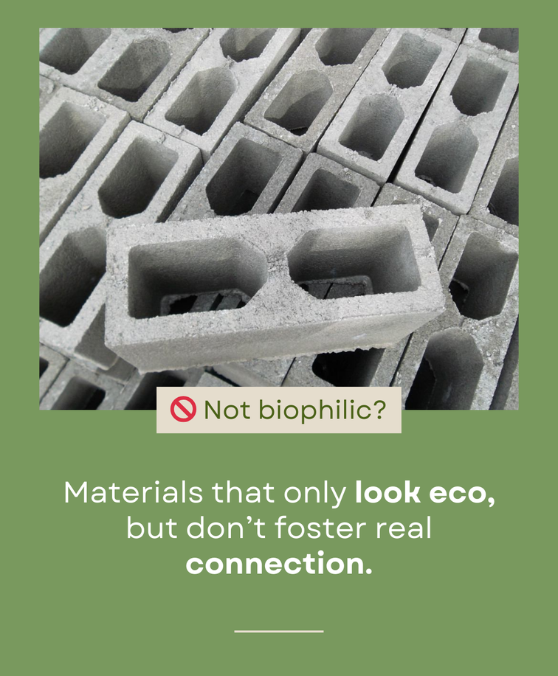
Natural color and organic variation
Another sign of authentic biophilic materials is their organic color variation. Unlike synthetic, perfectly uniform finishes, biophilic surfaces embrace nature’s unpredictability, knots in timber, speckles in cork, shading in bamboo.
These subtle patterns mimic nature’s randomness: forest floors, stone paths, river pebbles. Such visual complexity soothes the mind and evokes a subconscious sense of place.
Indoors, earthy hues paired with daylight and plants soften hard lines. Externally, natural cladding allows architecture to recede into its surroundings instead of standing apart.
Responsibly and renewably sourced
Biophilic design doesn’t stop at appearance. The source matters. Using FSC-certified wood protects biodiversity and forests for future generations. Bamboo’s rapid growth cycle reduces environmental strain, while cork’s bark harvesting supports healthy tree lifespans of over a century.
Designers and homeowners who prioritize renewable sourcing align their projects with global standards like LEED and WELL, ensuring that beauty doesn’t come at nature’s expense.
Health & wellbeing: beyond aesthetics
Genuine biophilic materials contribute to a healthier indoor environment. Wood and cork naturally regulate humidity, moderate indoor temperatures, and, when untreated, may even resist microbes. Unlike many synthetics, they emit fewer VOCs, supporting cleaner air and better human health.
Decades of research tie natural materials to reduced stress, faster healing, and improved cognitive function, reasons why schools, offices, and hospitals are turning to biophilic design to support human wellness.
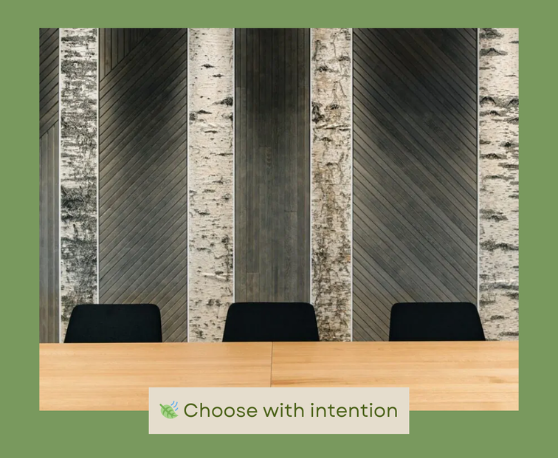
Bringing biophilic materials into everyday spaces
Practical ways to weave authentic biophilic materials into designs include:Feature walls & ceilings: reclaimed wood panels or bamboo slats add depth and warmth to common areas.
Sustainable flooring: cork or bamboo floors provide comfort and durability for high-traffic living areas or offices.
Furnishings & accents: choose wooden furniture with natural finishes, live-edge tables, or cork pinboards for texture.
Indoor-outdoor flow: use wooden decks, bamboo fences, and cork planters to blur the boundary between interior and exterior.
Complete the picture: combine textures with ample natural light, indoor plants, and water features for a holistic biophilic atmosphere.
Final thoughts: design for true connection
Choosing biophilic materials isn’t about following trends, it’s about designing spaces that care for people and the planet. A reclaimed timber beam, a bamboo ceiling, or a cork floor is more than a “green” feature; it’s an invitation to slow down, feel grounded, and reconnect with the natural world.
As we build the next generation of homes, offices, and communities, let’s ensure every surface tells nature’s story, not just a green story.
Interested in creating spaces that breathe?
Connect with us to explore how authentic biophilic materials can transform your next design project into a living, thriving environment.


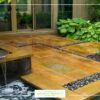
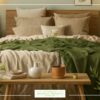


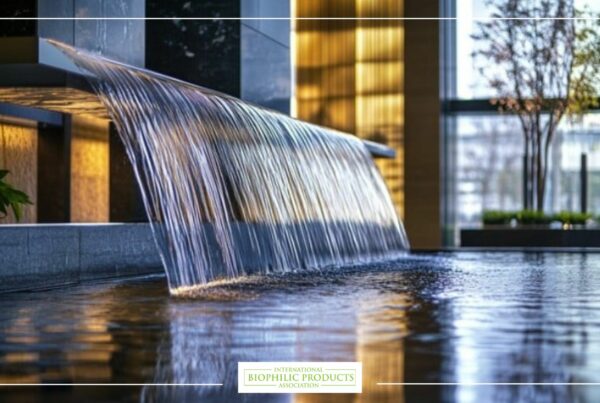
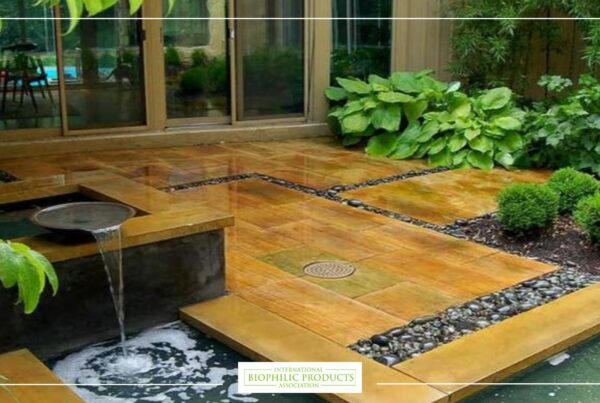
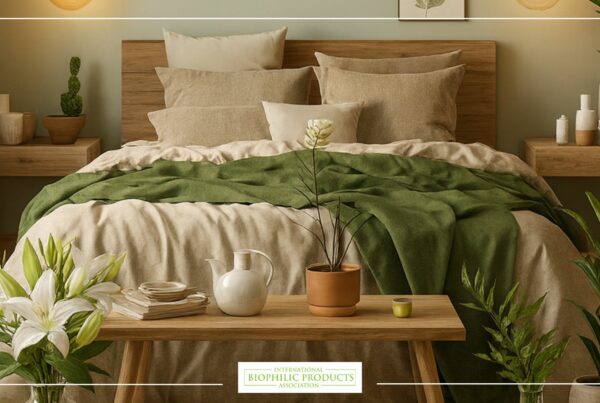

13 Comments